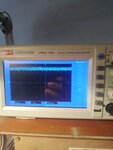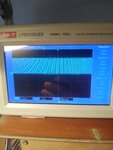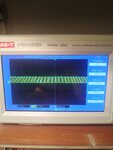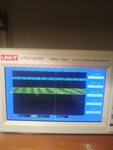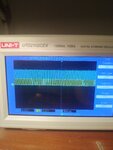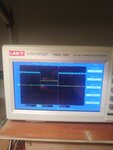VTI_16V
Member level 1
Hello. I am struggling with this for whole day and i just can't figure out what is wrong. I had similar problems, but nothing like this. So i have 2 IR2183 which are used for h- bridge. As I can see on the scope the logic side before IR2183 is fine. I am receiving good signals on pins 1 and 2 on both of them. But on pins 7 i have this (picture with pwm that doesn't look like it should), and on the other hand here is a picture of pins 4 of IR2183 which are turning on low side mosfets which seems fine to me? R39 resistor was burnt, i changed it. D32 is tested fine, D1 is also tested fine. I changed IR2183, still same, the old ones are also working fine on the other device. IRFZ mosfets are also tested ok, diodes D2, D3, D4 also OK, capacitors C1, C2, C4,5,6 and 7 are not blown neither shorted, so I assume they are also fine. No signs of any corrosion on PCB or broken tracks. No signs of any short when i pull off the final mosfets. When they are in the PCB i get short on final mosfets because the bootstrap doesn't work This is driving me crazy, i don't know what to look for anymore. You can ask whaever you want, i will take a measure and post it here, i would be thankfull because i really want to solve this problem, i have a feeling that it is something stupit in front of me what i don't see.
